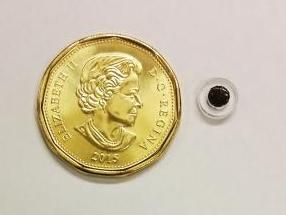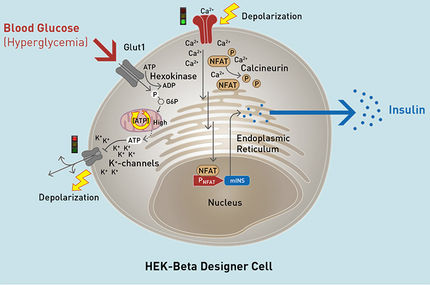Insulin dose through the nose – the end of injections for diabetics?
Scientists have developed a once-a-day nasal gel formulation for the delivery of insulin that could put an end to injections for type 1 diabetes sufferers.
In results published in the Royal Society of Chemistry journal Biomaterials Science, researchers show that the insulin-loaded gel reduces blood glucose levels over 24 hours in a diabetic-rat model when administered via the nose.
Tests using mucus-producing cells to model conditions in the nose showed that eight times as much insulin was taken up by the cells when incubated with the insulin-loaded gel formulation, compared with a simple solution of insulin in water.
Scientists performed further tests on the gel formulation using diabetic-rat models. Their results showed that the rats’ blood glucose levels fell following nasal administration of the insulin-loaded gel and then took around 24 hours to return to their original values.
By comparison, they found that it took only nine hours for blood glucose levels to return to their original values in control models treated with insulin by the normal route of subcutaneous injection.
Treatment for patients with Type 1 diabetes usually involves numerous daily injections of insulin to keep their blood glucose levels under control. This can be distressing and inconvenient.
Administering insulin via a nasal spray is an attractive alternative to injections because it is a much easier and less painful way for diabetic patients to control their condition.
Nasal delivery of insulin is an attractive focus for researchers because enzymatic activity inside the nose is low, meaning that insulin solutions are less likely to be destroyed by the body’s natural defence systems.
The main barrier to nasal delivery of insulin is a process called mucociliary clearance, which is designed to remove foreign bodies from the nasal cavity. During this process, nasal cilia beat in a coordinated fashion to transport foreign entities captured in mucus away from the nose.
A further barrier to nasal delivery is the existence of tight junctions between epithelial cells in the mucous membranes inside the nose, which can prevent the penetration of large molecules such as insulin.
A collaborative research team from universities in the UK, Italy, Lebanon and Greece has developed a formulation for the nasal delivery of insulin that overcomes these barriers by using a specific combination of chemicals.
Most read news
Organizations
Other news from the department science

Get the life science industry in your inbox
By submitting this form you agree that LUMITOS AG will send you the newsletter(s) selected above by email. Your data will not be passed on to third parties. Your data will be stored and processed in accordance with our data protection regulations. LUMITOS may contact you by email for the purpose of advertising or market and opinion surveys. You can revoke your consent at any time without giving reasons to LUMITOS AG, Ernst-Augustin-Str. 2, 12489 Berlin, Germany or by e-mail at revoke@lumitos.com with effect for the future. In addition, each email contains a link to unsubscribe from the corresponding newsletter.





















































